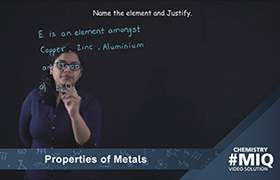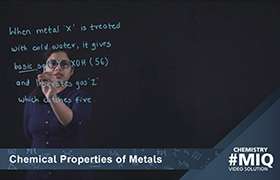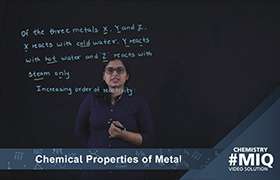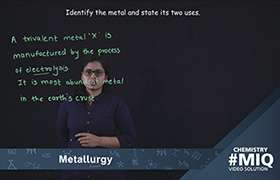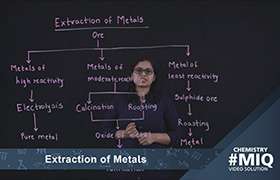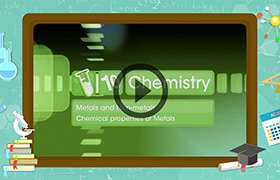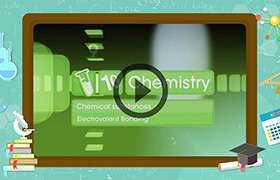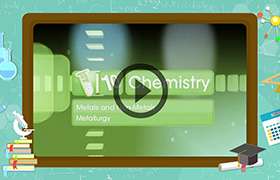CBSE Class 10 Answered
Why NaCl does not exist as molecules but aggregates of oppositely charged ions ?
Asked by rathee95abh | 18 Sep, 2015, 09:44: AM
In case of sodium crystal each Na+ ion is surrounded by six Cl– ions and vice versa. It is difficult to identify that which Na+ ion belong to a given Cl– ion or which Cl– ion belong to a given Na+ ion . So, we select a combination of Na+ and Cl– as a formula unit. The formula unit of an ionic compound is the simple collection of cations and anions which is electrically neutral. Formula unit does not exist as a separate entity. So due to this ionic compound like NaCl do not exist as discrete molecule in the crystal lattice but exist as aggregates of a very large number of oppositely charged ions.
Answered by Arvind Diwale | 18 Sep, 2015, 02:11: PM
Application Videos
Concept Videos
CBSE 10 - Chemistry
Asked by ritik9897022 | 05 Feb, 2024, 09:42: PM
CBSE 10 - Chemistry
Asked by 83dimplejain29 | 01 Sep, 2022, 03:04: PM
CBSE 10 - Chemistry
Asked by dibyendumukherjee451 | 31 May, 2022, 11:51: AM
CBSE 10 - Chemistry
Asked by topperlearningdemo | 17 May, 2022, 12:34: PM
CBSE 10 - Chemistry
Asked by aamjdkhan640 | 03 Feb, 2022, 04:54: PM
CBSE 10 - Chemistry
Asked by anushka.boraste | 24 Jan, 2022, 08:12: AM
CBSE 10 - Chemistry
Asked by shubham.sharma80634 | 05 Oct, 2021, 09:18: AM
CBSE 10 - Chemistry
Asked by Trisha Gupta | 22 Sep, 2021, 10:49: PM
CBSE 10 - Chemistry
Asked by ishusain2005 | 21 Aug, 2021, 07:19: AM
CBSE 10 - Chemistry
Asked by virkarman36 | 08 Aug, 2021, 09:24: AM

